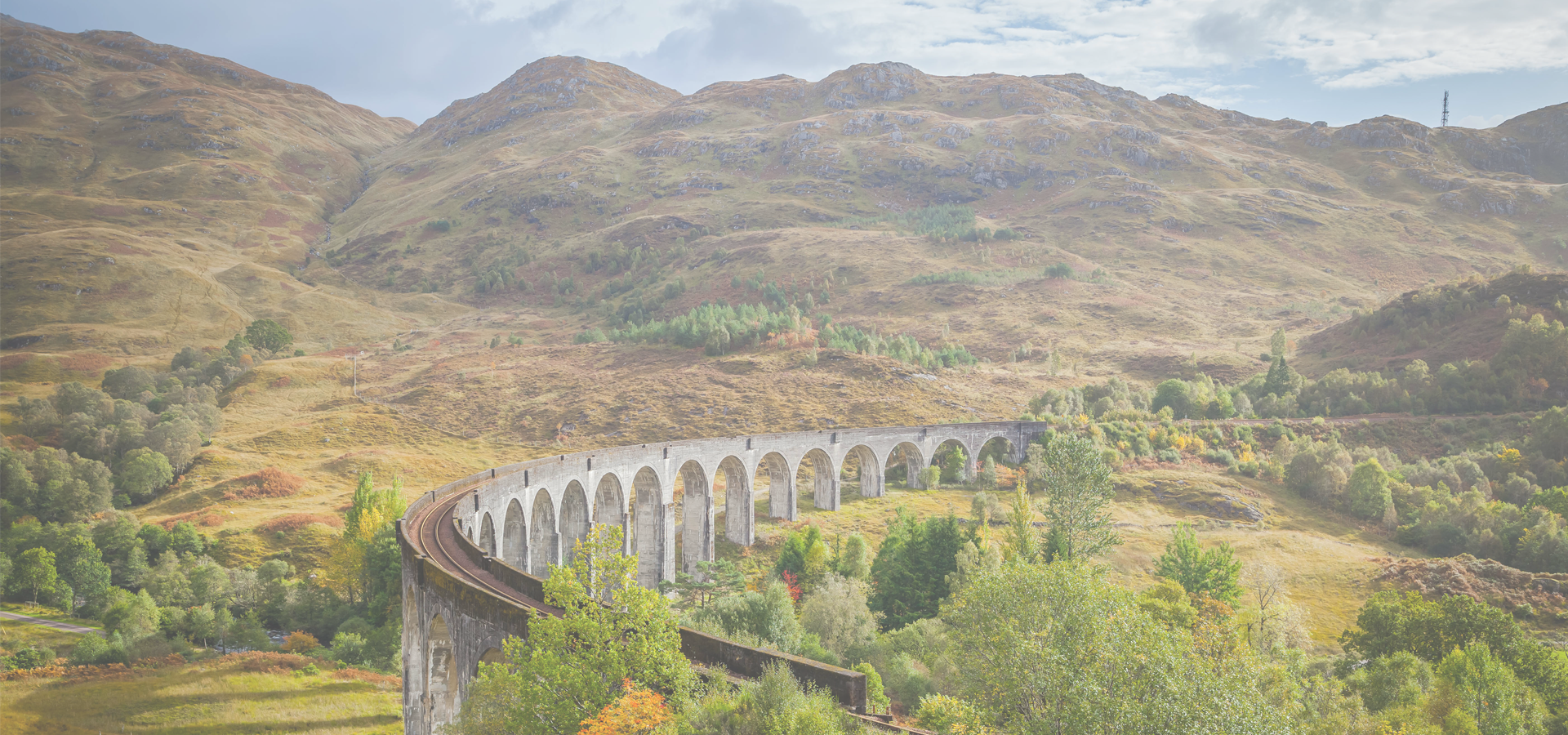🏴 Architect Alexander (1834-1925) Ross is associated with Thurso. He was elected a Fellow of the Royal Institute of British Architects (FRIBA) in 1893.
Thurso, Highland, Scotland, United Kingdom
🏴 Thurso is a town and former burgh on the north coast of the Highland council area of Scotland. Situated in the historical area of Caithness, it is the northernmost town on the British mainland.
It lies at the junction of the north–south A9 road and the west–east A836 road, connected to Bridge of Forss in the west and Castletown in the east. The 34-mile (55 km) River Thurso flows through the town and into Thurso Bay and the Pentland Firth. The river estuary serves as a small harbour.
Thurso functioned as an important Norse port, and later traded with ports throughout northern Europe until the 19th century. A thriving fishing centre, Thurso also had a reputation for its linen-cloth and tanning activities. As of 2015 the Dounreay Nuclear Research Establishment, although mostly decommissioned at the end of the 20th century, employs a significant number of the local population. The Category-A listed ruined Old St Peter's Church (St. Peter's Kirk) is one of the oldest churches in Scotland, dating to at least 1125. The current church, St Andrew's and St Peter's, was built in 1832 to a design by William Burn in the Gothic style.
The town contains the main campus of North Highland College and Thurso High School, the northernmost secondary school on the British mainland, which was established in 1958. Thurso Castle, built in 1872, is in ruins. Thurso is home to the football team Thurso FC, established in 1998, who play in the North Caledonian League, and the rugby teams Caithness Crushers and Caithness RFC.
Thurso railway station, opened in 1874, was the most northern station on the Sutherland and Caithness Railway. The nearby port of Scrabster provides ferry services to the Orkney Islands; the Northlink ferry (MV Hamnavoe) operates between Scrabster and Stromness.
Economy Historically, Thurso was known for its production of linen cloth and had a thriving tanning business. Fishing has always been of major significance in the running of the local economy, and the Thurso Shipowner's Association overlooked much of the shipping activity. The port of Scrabster lies about 1+1⁄2 miles (2.4 km) to the west of the estuary of the River Thurso, and plays a significant role in the white fish industry in Scotland. Scrabster has deep water in the shelter of Holborn Head. The harbour includes a berth for the MV Hamnavoe, a roll-on/roll-off ferry operated by Northlink linking the Scottish mainland with Stromness on Orkney. There is also a large fishmart and the local lifeboat is stationed there too. From June 2007, a summer-only weekly ferry service operated by the Faroese company Smyril Line reopened, connecting Scrabster with the Faroe Islands, Iceland and Norway, but has now been discontinued.
Thurso boasts a small museum, Caithness Horizons, several hotels and bars, a surf shop/cafe stocking famous brands, and a small skatepark. There is also a sizeable British Telecom call centre and a plant making lithium-ion batteries for the MoD on the west side of the town, which along with the Dounreay Nuclear power plant, provide a high level of employment in Caithness. On 12 January 2010, approval was granted for the Baillie wind farm near Thurso which will feature 21 turbines and supply 52.5 MW, enough for 25,000 homes.
Education The main campus of North Highland College, formerly Thurso College, is one of several partner colleges which constitute the University of the Highlands & Islands. It offers several certificate, diploma and degree courses from subjects as diverse as Nuclear Decommissioning, Hairdressing, Gamekeeping and Golf Management. Adjacent to the UHI is Thurso High School, the most northerly secondary school on the British mainland, established in 1958. The town also has three primary schools, Pennyland, Miller Academy Primary and Mount Pleasant. Mount Pleasant Primary School has a Scottish Gaelic medium unit, part of a revival of the language in Caithness.
Europe/London/Highland

Thurso has a population of over 7,390 people. Thurso also forms part of the wider Caithness District which has a population of over 26,486 people. It is also a part of the larger Highland Region. Thurso is situated 177 km north of Inverness.
Twin Towns, Sister Cities Thurso has links with:
🇩🇪 Brilon, Germany-
Alexander Ross |
-
John Gaff Gillespie |
🏴 Architect John Gaff Gillespie is associated with Thurso. He was elected a Fellow of the Royal Institute of British Architects (FRIBA) in 1906.
Locations Near: Thurso -3.521,58.596
🏴 Kirkwall -2.96,58.981 d: 53.6
🏴 Elgin -3.322,57.653 d: 105.5
🏴 Inverness -4.226,57.48 d: 130.8
🏴 Angus -2.854,56.71 d: 213.4
🏴 Aberdeen -2.11,57.15 d: 181.1
🏴 Forfar -2.888,56.644 d: 220.3
🏴 Perth -3.477,56.421 d: 241.9
🏴 Dundee -2.976,56.471 d: 238.6
🏴 Glenrothes -3.178,56.198 d: 267.4
Antipodal to: Thurso 176.479,-58.596
🇳🇿 Dunedin 170.474,-45.884 d: 18545
🇳🇿 Invercargill 168.373,-46.413 d: 18556
🇳🇿 Christchurch 172.617,-43.517 d: 18317.5
🇳🇿 Queenstown 168.658,-45.033 d: 18416.5
🇳🇿 Canterbury 171.58,-43.543 d: 18307.8
🇳🇿 Wellington 174.767,-41.283 d: 18086.3
🇳🇿 Hutt 174.917,-41.217 d: 18079.5
🇳🇿 Lower Hutt 174.917,-41.217 d: 18079.5
🇳🇿 Upper Hutt 175.05,-41.133 d: 18070.7
